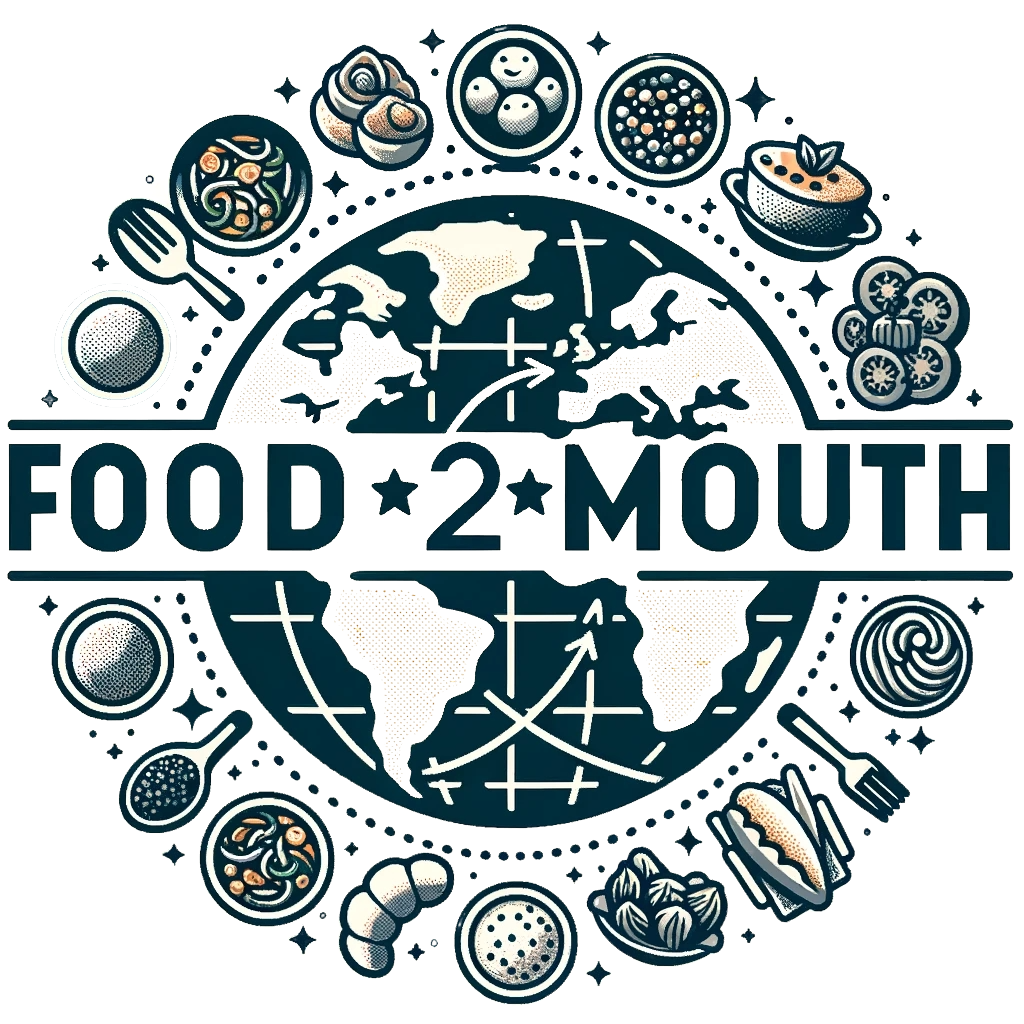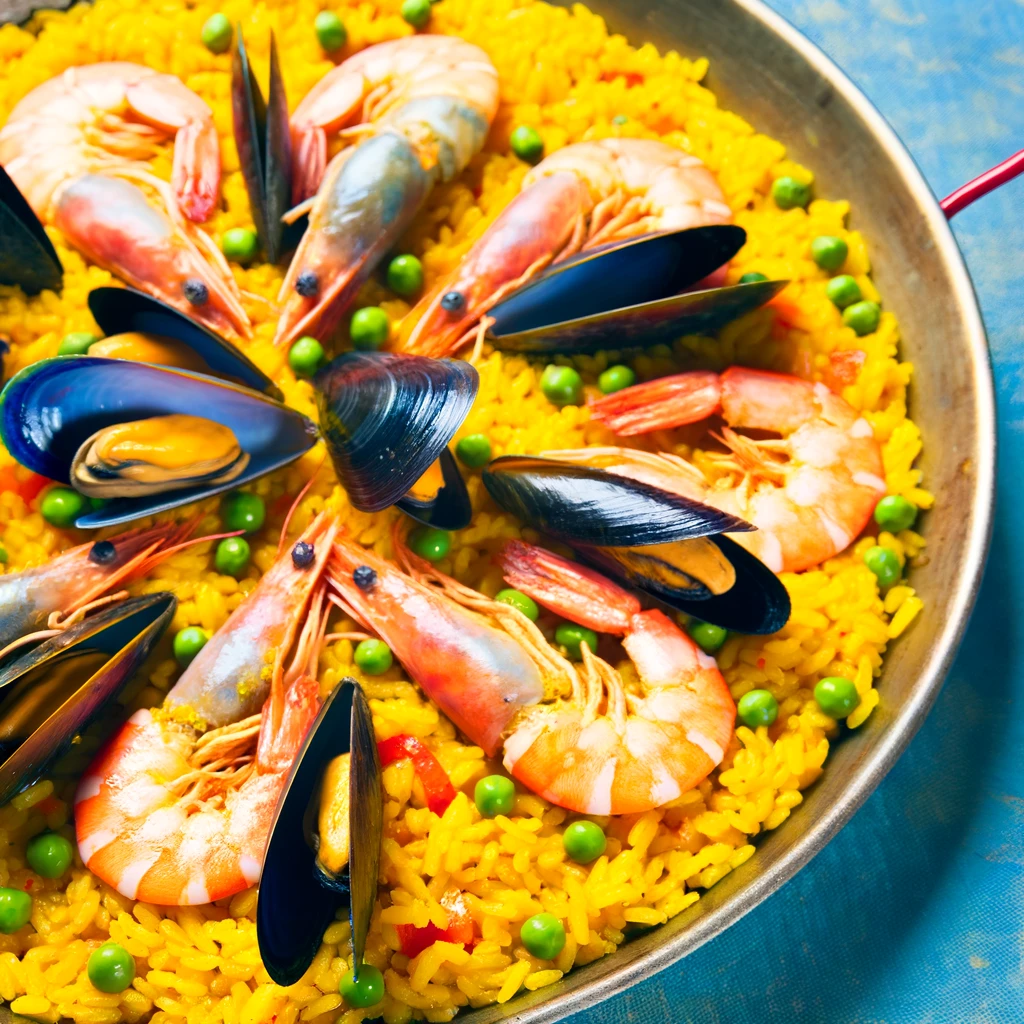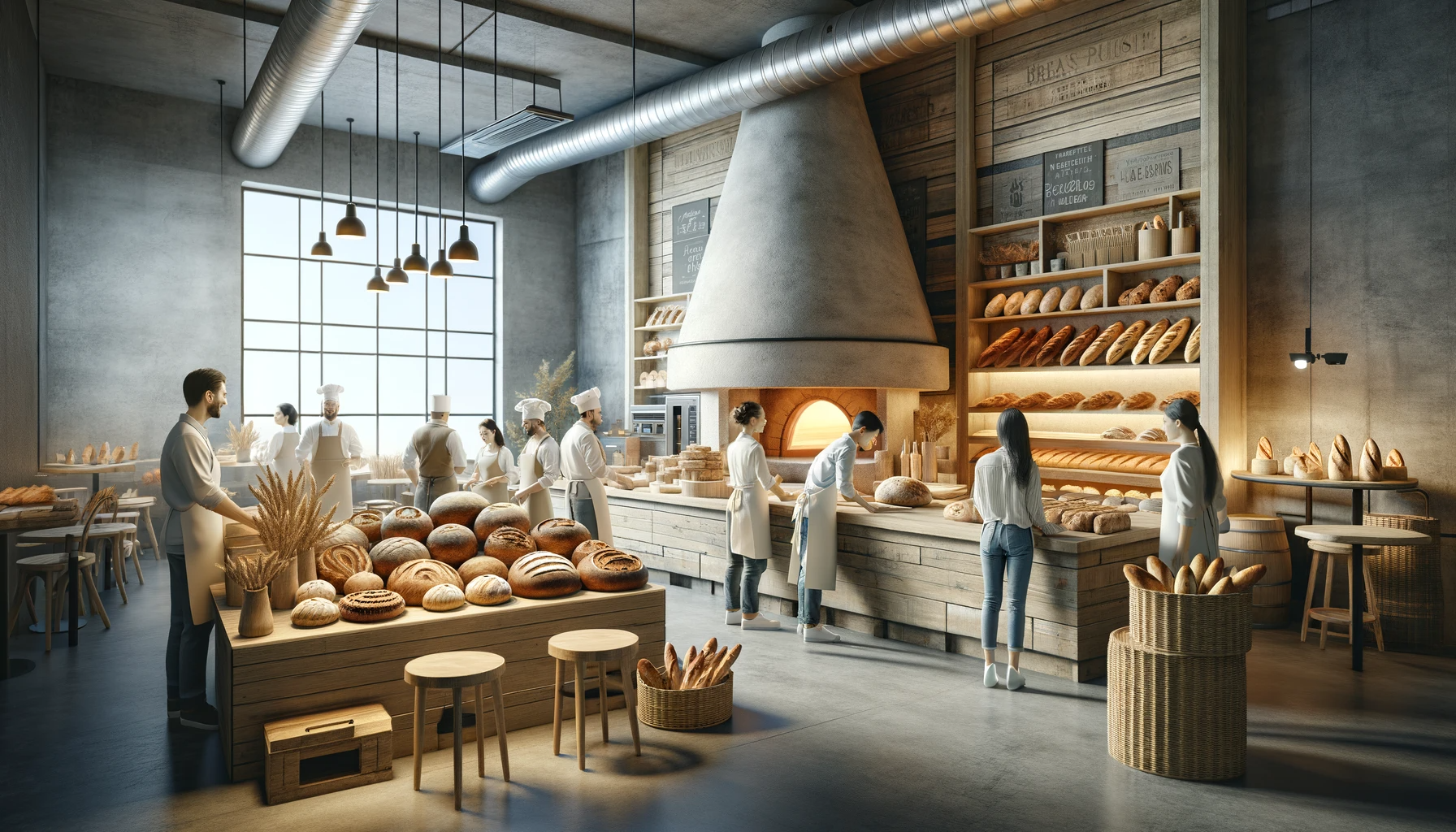Noodles, a universal favorite, stretch across continents and cultures in their appeal and usage. This article delves into the deeper history and cultural adaptations of noodles, exploring their transformation from a basic ingredient to a culinary mainstay around the globe.
Ancient Origins and Evolution
The story of noodles begins in ancient civilizations, primarily China, where archaeologists discovered the earliest known examples over 4,000 years old. Made from millet, these noodles from the Lajia site on the Yellow River highlight the early ingenuity of agricultural societies.
As agriculture spread, so did the cultivation of wheat and rice, leading to diverse types of noodles based on the grains available. This adaptation reflected not just the availability of ingredients but also the climatic, cultural, and technological nuances of each region.
In China, the art of noodle making advanced significantly over centuries. By the Han dynasty, noodles had become commonplace and even featured in poetry and art, indicating their cultural significance. The variety expanded from thin, delicate strands to thicker, chewier versions, each suited to regional tastes.
Technological innovations introduced buckwheat and other grains in the north, influenced by cooler growing conditions. This variation led to different styles, such as Japan’s soba noodles, adapted from earlier Chinese methods.
Elsewhere in Asia, like the Indian subcontinent, traders introduced their version of noodles, known as seviyan, made from wheat flour. This style remains popular in many traditional Indian dishes, especially during festive occasions.
As these noodle forms traveled along the Silk Road, they merged with various culinary traditions, diversifying their preparation and enjoyment. This ancient trade route facilitated not just the exchange of goods but also ideas and culinary practices, cementing noodles as a versatile and enduring element of global cuisine.
Thus, the ancient origins and evolution of noodles illustrate a dynamic journey, showing how humans have continually innovated and integrated new ideas into their cultural practices. This culinary evolution emphasizes noodles not just as food but as a cultural bridge connecting civilizations across time.
Spread Across Asia
Countries across Asia have created their own versions of the noodle, tailored to fit local culinary traditions. For instance, Korea’s japchae, a dish made with sweet potato noodles, and Thailand’s pad thai, which uses rice noodles, show the adaptability of noodles within various cooking repertoires. The diversity of Asian noodles reflects not just a range of flavours but also a variety of cultural preferences and cooking techniques.
Influence of the Silk Road
The Silk Road played a crucial role in spreading noodles across continents. This ancient network of trade routes enabled traders to carry culinary traditions alongside silk and spices. As noodles traveled from Asia to Europe, they evolved, absorbing local flavors and cooking techniques.
Traders and travelers exchanged recipes and methods, blending the culinary landscapes of the East and West. This interaction led to the birth of new noodle dishes, each reflecting the tastes and ingredients of their new regions.
The Silk Road’s influence on noodle cuisine is evident in the diverse noodle varieties and preparations seen across different cultures today. It stands as a testament to the power of culinary exchange and the adaptability of noodle dishes in integrating into various food cultures around the world.
European Integration
In Europe, noodles found a different path of integration. While Italy’s rich history of pasta is well-documented, other European nations also embraced noodle dishes, adapting them to local ingredients and tastes. For example, German spaetzle is a type of soft egg noodle that complements many traditional dishes.
Modern Innovations
In recent times, the innovation around noodles has seen a surge. From instant noodles that cater to the fast-paced lifestyle of urban dwellers to low-calorie shirataki noodles catering to health-conscious consumers, noodles have continuously evolved to meet modern demands.
Cultural Significance
In many cultures, noodles are more than just food; they carry symbolic meanings. For instance, in many parts of Asia, long noodles are eaten during festive celebrations as a symbol of long life and prosperity.
Contemporary Culinary Scene
Today, noodles continue to adapt to contemporary tastes and dietary preferences. Chefs around the world use noodles as a canvas for creativity, blending traditional flavors with modern culinary techniques to create innovative dishes. This fusion leads to exciting new noodle-based meals that delight and challenge the palate.
Health-conscious trends have also influenced noodle varieties. The market now offers gluten-free options made from alternative grains and low-carbohydrate noodles to cater to diverse dietary needs. Such innovations reflect the ongoing evolution of noodles to meet modern health standards.
Moreover, the global popularity of noodles encourages chefs to experiment with cross-cultural recipes, resulting in a dynamic culinary scene. Noodles serve not only as comfort food but also as a medium for culinary exploration, making them a staple in both traditional and avant-garde kitchens worldwide.
Conclusion
The story of noodles is a rich narrative of adaptation and innovation. From their humble beginnings to their status as a global staple, noodles have shown remarkable versatility and enduring appeal. As we look to the future, the evolution of noodles promises to continue, reflecting changes in dietary preferences and cultural exchanges.



